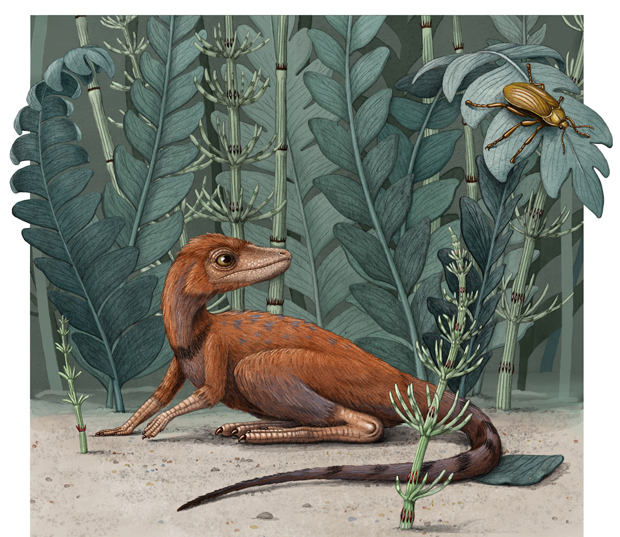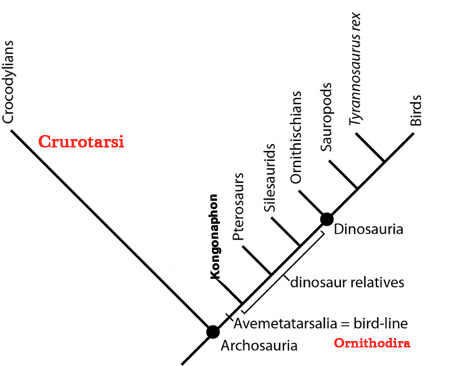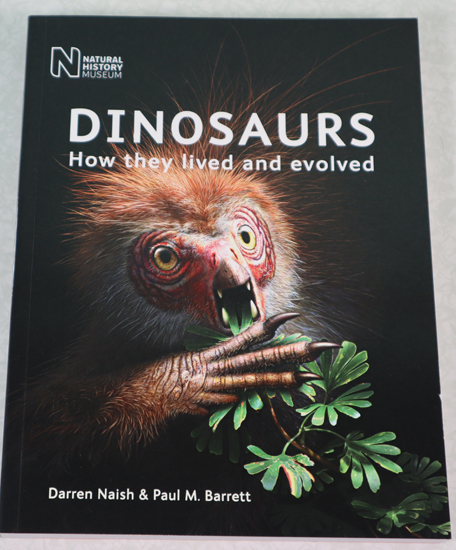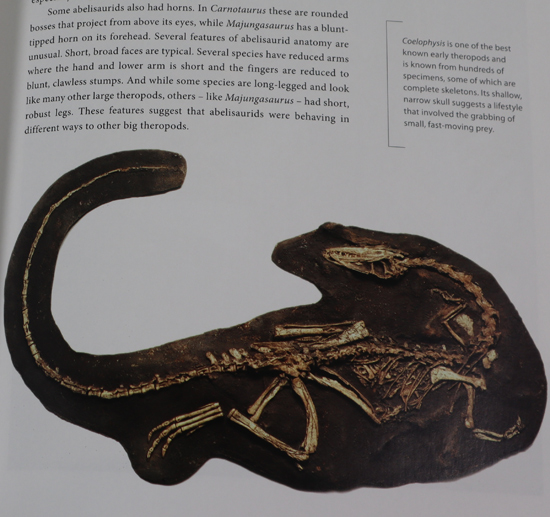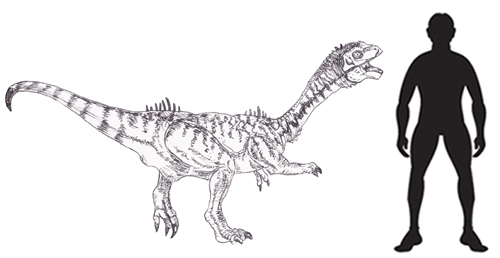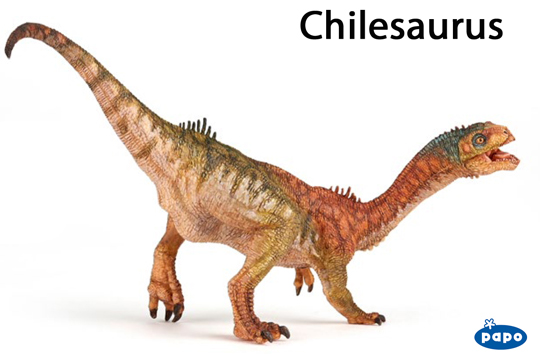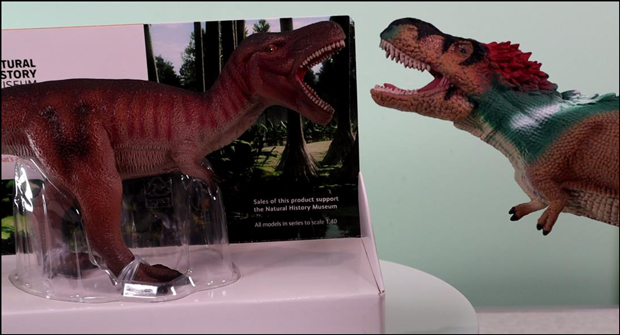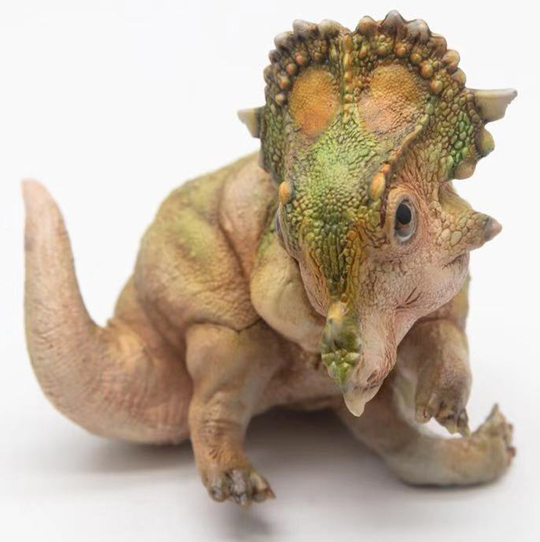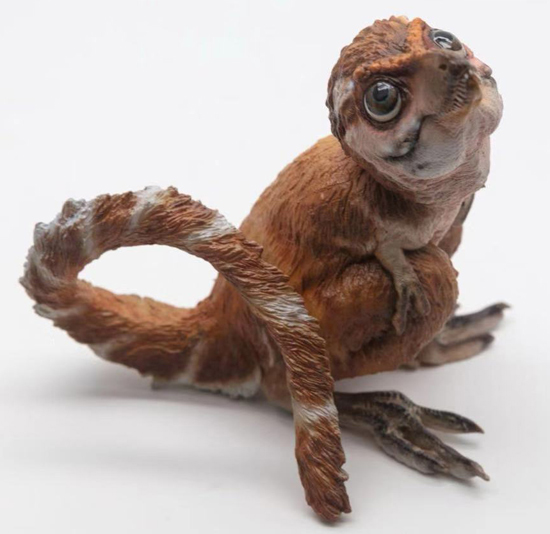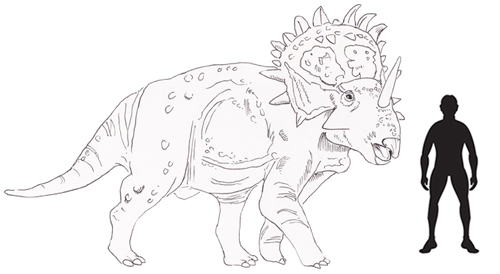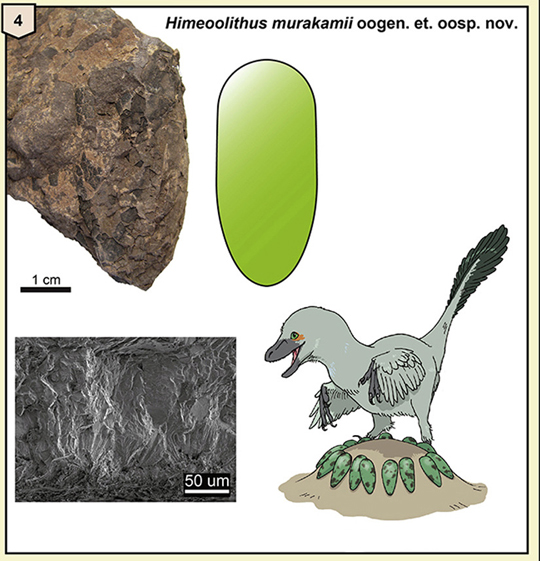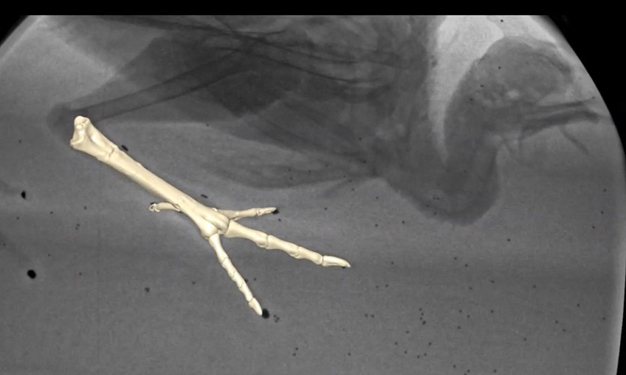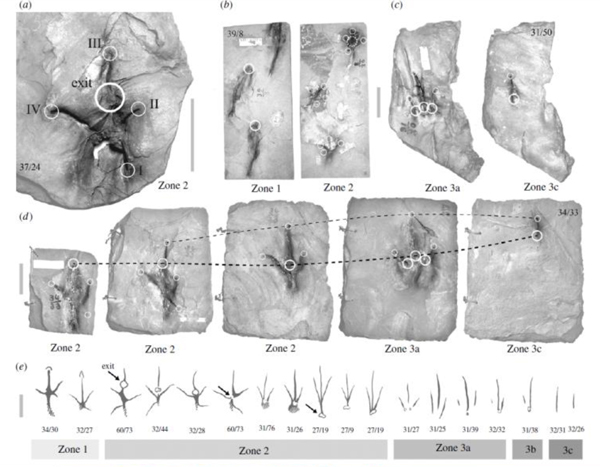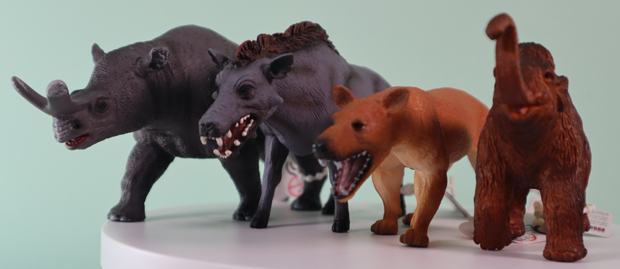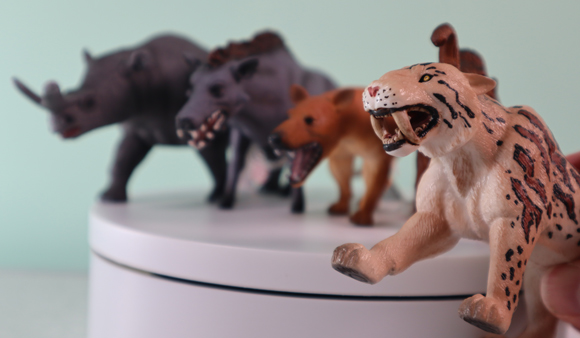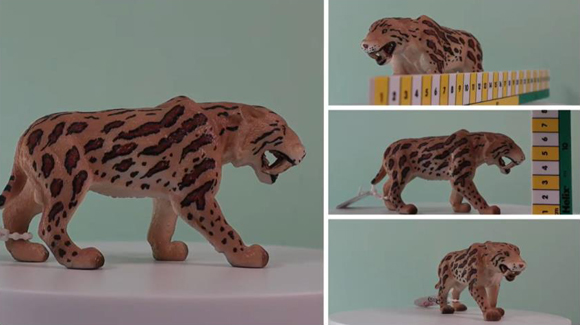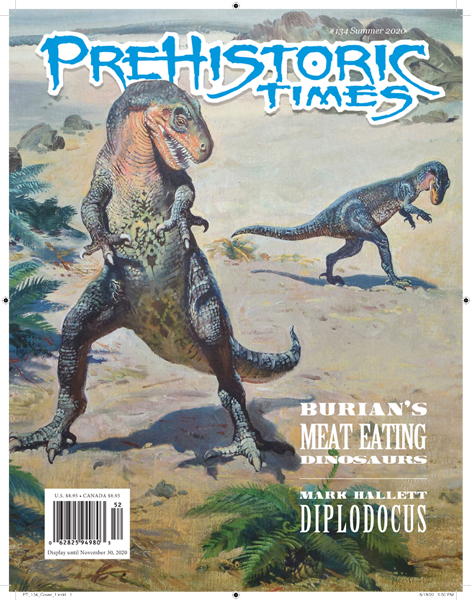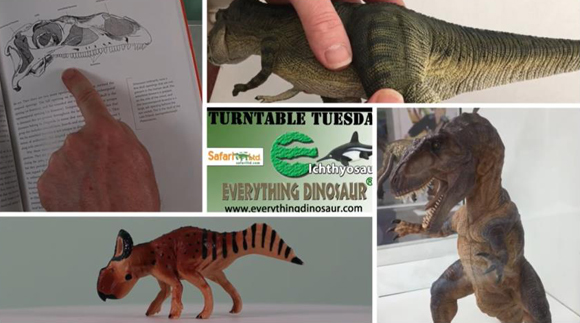Ancestor of the Dinosauria/Pterosauria
The Big Difference that Tiny Kongonaphon kely Made
This month, we have seen the publication of a scientific paper that details the discovery and scientific description of a black-bird-sized ancestor of the dinosaurs and pterosaurs that suggests these two great Orders of reptiles had very humble beginnings. Standing less than ten centimetres high, Kongonaphon kely, along with the ever so slightly larger, probable ornithodiran Scleromochlus (from Scotland), indicate that there was a pronounced miniaturisation event close to the common ancestor of the Pterosauria and the Dinosauria.
Kongonaphon kely
Being small, means that you have a high surface area to volume ratio, so retaining body heat is a real problem. It can be speculated that fuzzy, downy coats first evolved in the Ornithodira to provide thermal insulation. There is some fossil evidence to suggest that the common ancestor of both dinosaurs and pterosaurs had a fuzzy integument. In addition, small size could have been a key driver for the evolution of flight within the Pterosauria.
A Feathery Lagerpetid? A Life Reconstruction of Kongonaphon kely
Picture credit: Kammerer et al (Proceedings of the National Academy of Sciences)
Assigned to the Lagerpetidae
The origins of the Ornithodira, the clade that contains the last known common ancestor of the dinosaurs and pterosaurs plus all its descendants, is poorly understood. If these animals were small and light, then this might explain their lack of presence in the fossil record. Kongonaphon comes from south-western Madagascar, its fragmentary remains were discovered by a field team in 1998. Significantly, the fossil material includes elements from the skull and the upper jaw (maxilla), with several teeth preserved in situ.
Analysis of the wear on the teeth suggests that this little animal fed on hard-shelled insects such as beetles, hence the insect illustrated in the top right of the Kongonaphon life reconstruction.
Phylogenetic analysis places Kongonaphon within the Lagerpetidae and as such it is the first lagerpetid known from Africa and the first to provide skull and jaw bones to extend our knowledge of this family. Analysis of the tiny bones suggest that Kongonaphon was at least two years old when it died, so the fossils are likely to represent a mature or semi-mature animal and not a juvenile.
You Say Ornithodira, I Say Avemetatarsalia
Within the Archosauria, there are two distinct clades, essentially classified by the shape and position of their ankle bones. The Crurotarsi lineage – essentially the crocodilians and their extinct relatives and the Avemetatarsalia, the “bird-line archosaurs” such as dinosaurs, Aves and pterosaurs. Ornithodira is another term sometimes used to describe the Avemetatarsalia.
In other words: Ornithodira = Avemetatarsalia.
Plotting the Taxonomic Relationship of Kongonaphon within the Avemetatarsalia
Picture credit: Sterling Nesbitt of Virginia Tech with additional annotation by Everything Dinosaur
The scientific paper: “A tiny ornithodiran archosaur from the Triassic of Madagascar and the role of miniaturization in dinosaur and pterosaur ancestry” by Christian F. Kammerer, Sterling J. Nesbitt, John J. Flynn, Lovasoa Ranivoharimanana, and André R. Wyssand published in the Proceedings of the National Academy of Sciences of the USA.
View the Everything Dinosaur website: Everything Dinosaur.


